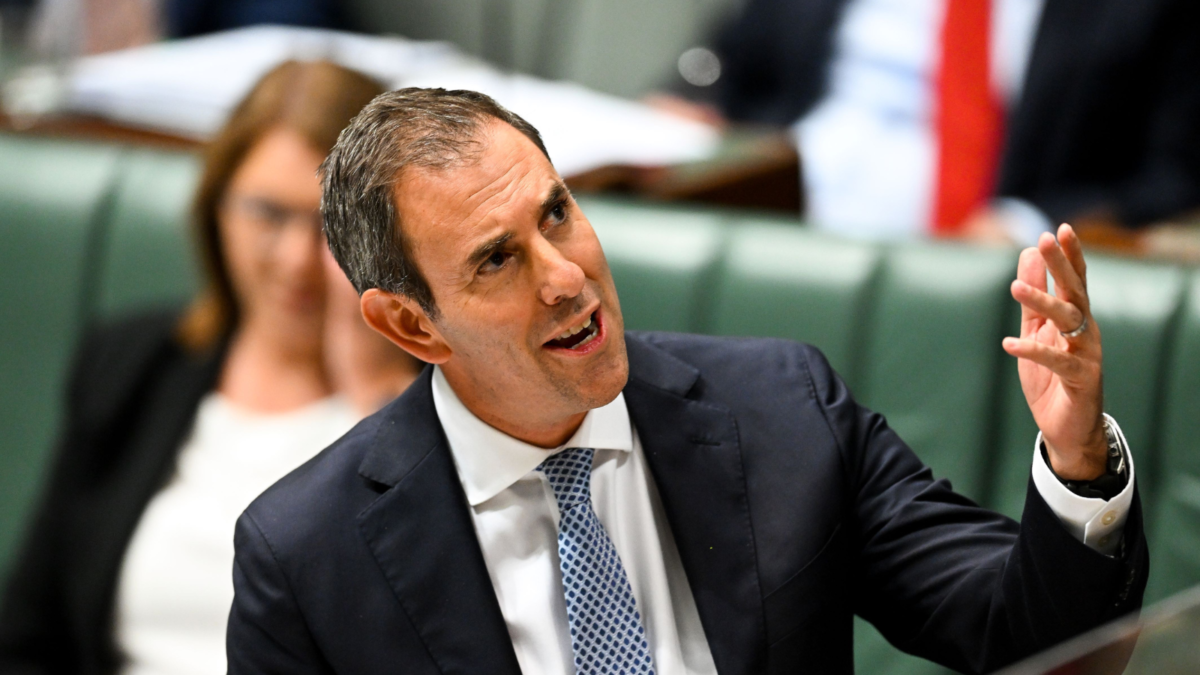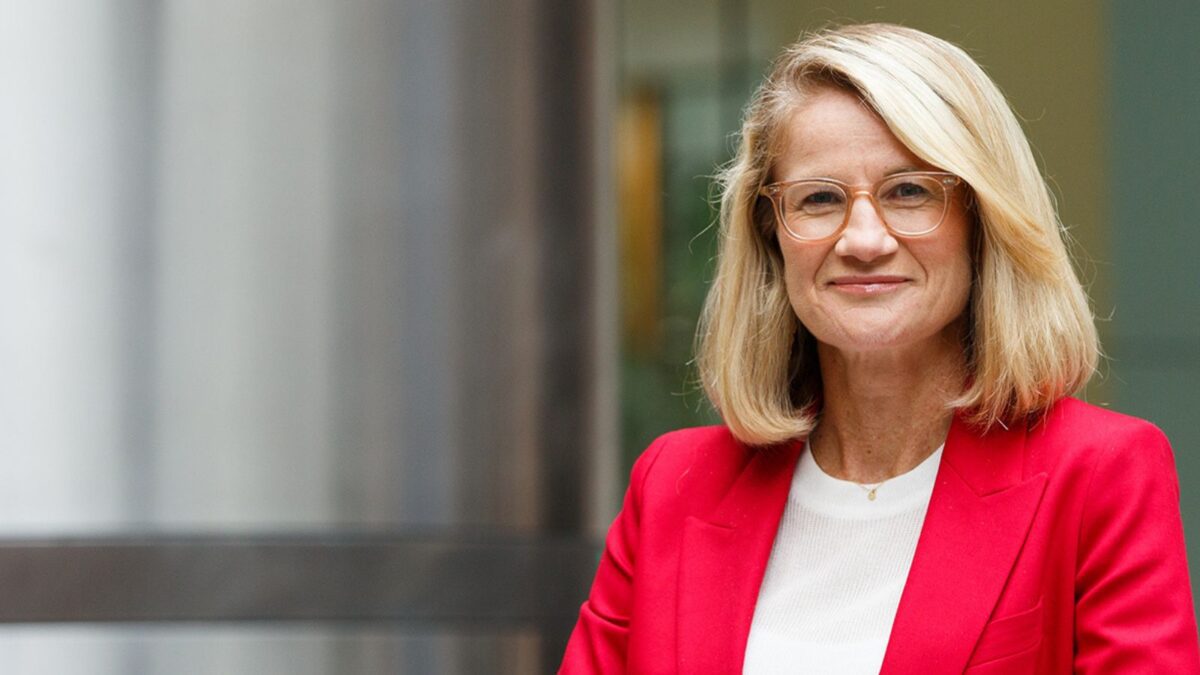New arguments in the great valuation debate
Under pressure to bring down fees and balance liquidity with returns, super funds deal with more scrutiny on unlisted valuations than their Canadian or European peers. The big concern is that they’ll wind up missing out on solid deals as a result, with other institutions rushing to fill the void, and members won’t benefit from the returns to be had. But there’s another way of looking at it.
“One observation is that there are going to be opportunities that Australia gets squeezed out of because it’s being pushed on valuation governance,” Conexus Institute director David Bell told the AIMA Annual Forum on Thursday. “That’s the risk. The other observation is that Australia is at the forefront of defined contribution globally, and many systems around the world are progressing down that path.
“So is Australia’s system the role model system that other systems will fold into and perhaps GPs around the world should be dealing with Australia in a way that sets them up for global trends. I’m not sure which way it’ll go.”
APRA’s recent investigation of valuation practices around Canva stands out because the prudential regulator rarely focuses on a single case study. And while a lot of the valuations were reasonably defensible – whether they were marked to market, or based more on business fundamentals – there’s still a lot of work to be done.
“(Canva) was such a fantastic problem to have,” Bell said. “You had a tiny position in funds that through huge multiples of performance became quite a large position in super fund portfolios and contributed good performance to the point where the way that position was marked actually had a reasonable impact on the NAV.”
“There was around a 50 per cent difference in the marks used by superannuation funds across the industry. That’s quite sizeable, on a reasonably sized position. Some funds could have done better – if you’ve got that much dispersion in marks, and they all came out of different private equity partnerships, some funds could have gone back to their GPs and asked… In defence of the industry, that took place prior to APRA’s update of its standards, and we’ve already seen some improvements.”
But others have critiqued APRA’s guidance for pushing funds towards valuing assets more regularly during market volatility, when it’s supremely difficult – potentially impossible – to find a correct transactable valuation (or even another party that wants to transact). Still, there’s a residual problem:
“With the Canva case study, you had one or two funds that said it hadn’t been revalued in a while and wasn’t part of the cycle,” Bell said. “Arguably I’m not sure that’s good enough. But if you’ve gone through the processes and everybody had good practices and you still had dispersion that’s going to be a very interesting case study.”
Funds should be collaborating more often, Bell said, and any number of industry bodies could create a checklist of valuation actions that go over and above the APRA guidance to support public confidence in the super system. But while that will support greater trust in valuations, moving towards more frequent valuations, especially during volatility, will ultimately be felt by members.
“I think the industry should be getting together better to make that case and get that degree of pragmatism embedded,” Bell said. “I think there’s a pathway to that, and the first step on that pathway is the industry collectively having excellent valuation frameworks… I imagine everybody in the room is thinking that if they have to value everything quarterly it’s just going to be a huge extra cost for the industry as a whole, and cost flows down to consumer outcomes – and that’s not great.”











